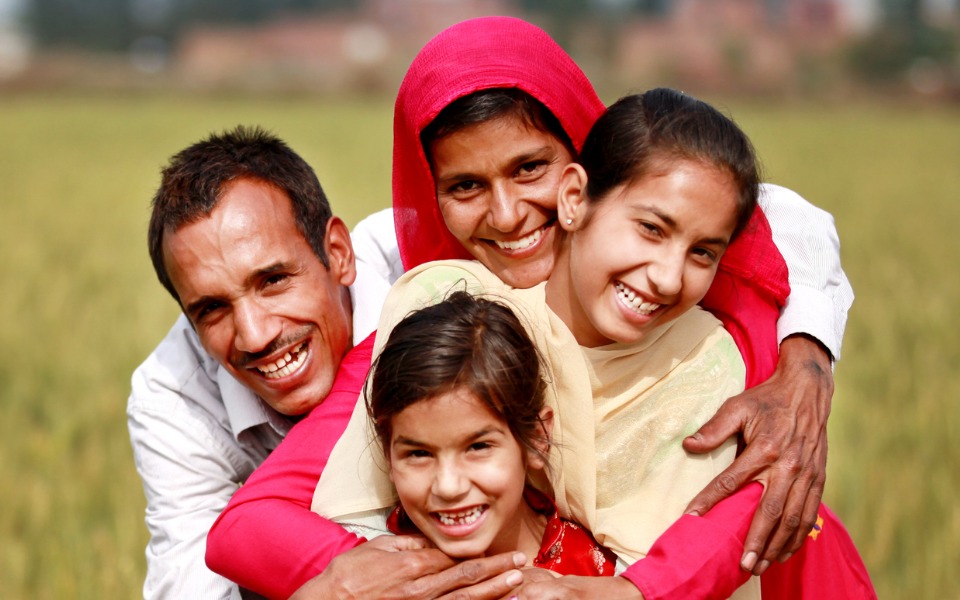
Facts belie Assam CM Himanta's claims on Muslim population explosion
The Assam Chief Minister Himanta Biswa Sarma faced a lot of flak when he claimed that the Muslim population in the state is growing much faster than that of the Hindus and this has led to the overall population explosion in the state.

The Assam Chief Minister Himanta Biswa Sarma faced a lot of flak when he claimed that the Muslim population in the state is growing much faster than that of the Hindus and this has led to the overall population explosion in the state.
The Federal weighs in on the topic and calculated the population growth in Assam with the help of the latest government data of the Census and National Family Health Survey-5 (NFHS-5) to determine if there is any truth behind the CM’s volatile public statements.
CM’s statement
In an interview with The Hindu, the newly elected chief minister of the state said that the Muslim population is growing faster than the Hindus in the state. He said, “The Muslim population in Assam has been growing at 29 per cent and the Hindus are rising at just 10 per cent.”
He cited poverty and illiteracy as the reasons for this increase in the Muslim population, and urged the community to take the initiative and control the population.
Sarma believed that the population explosion in the state may become a hindrance in the development of the state. He also conducted a meeting with 150 representatives of the Muslim community under the ‘Alaap Alochana – Empowering the Religious Minorities’ programme, which is aimed at solving the socio-economic issues of the community.
But, the truth of the matter is that official data just does not substantiate his claim.
Also read: Assam’s eviction drive raises fears of minority victimisation
What does official data say?
Assam had a population of about 3.12 crore individuals as per the 2011 Census. This is a growth of about 17 per cent from the previous census, showed the data. Literacy of the state stands at 71.9 per cent which is among one of the bottom ten states.
One of the key parameters to assess the population increase in any region is the Total Fertility Rate (TFR) among women. It is basically a total number of children per woman. The CM’s claims were examined using this parameter on the NFHS-5 data.
To put it simply, if the TFR of the region is 2, it means that on an average, each woman gave birth to two children in that specific time frame. According to the latest data of the NFHS-5, the state has a TFR of 1.9 per cent. In simple terms, it means that every hundred women gave birth to 190 children on an average for the last five years.
As per the data, the state has a Muslim population of about 35 per cent, while the rest of the population is Hindu (including a small share of the population that belongs to other religious groups).
The TFR is equal to the number of children who would be born per woman (or per 1,000 women) if she/they were to pass through the childbearing years.
TFR of State = Average of (TFR of Muslims+TFR of Rest [Hindus])
As claimed by CM Sarma, Muslims have 5 children each, while this number is 'unknown' in the case of Hindus. So, the calculation is as follows:
If Muslims comprise, say 35 per cent of the population, and rest (Hindus) are 65 per cent; and the TFR of Muslim women is 5 and TFR of the rest is X, here is the formula: (0.35 x 5) + (0.65 x X) = 1.5 (1.5 is the latest NFHS-5-reported TFR in urban Assam).
Solving for X in the simple linear equation ROP (Hindus) will have a TFR of -0.33 per woman. This means that Hindus have less than zero children per woman. This is not mathematically possible because population growth cannot show a negative in individual terms. Therefore, this proves that the CM's statement is not practically possible.
(With inputs from Federal's Data Editor Venkataraghavan Srinivasan on data hypothesis)

